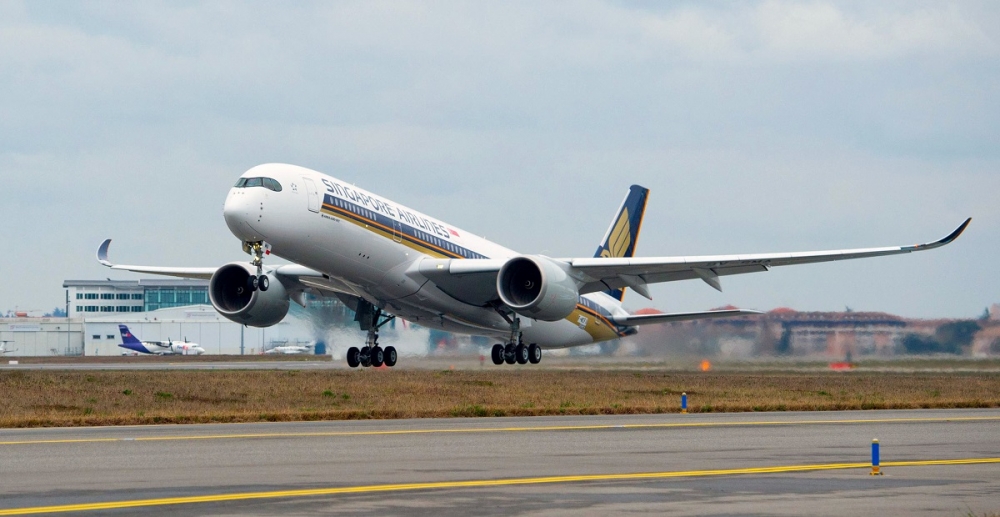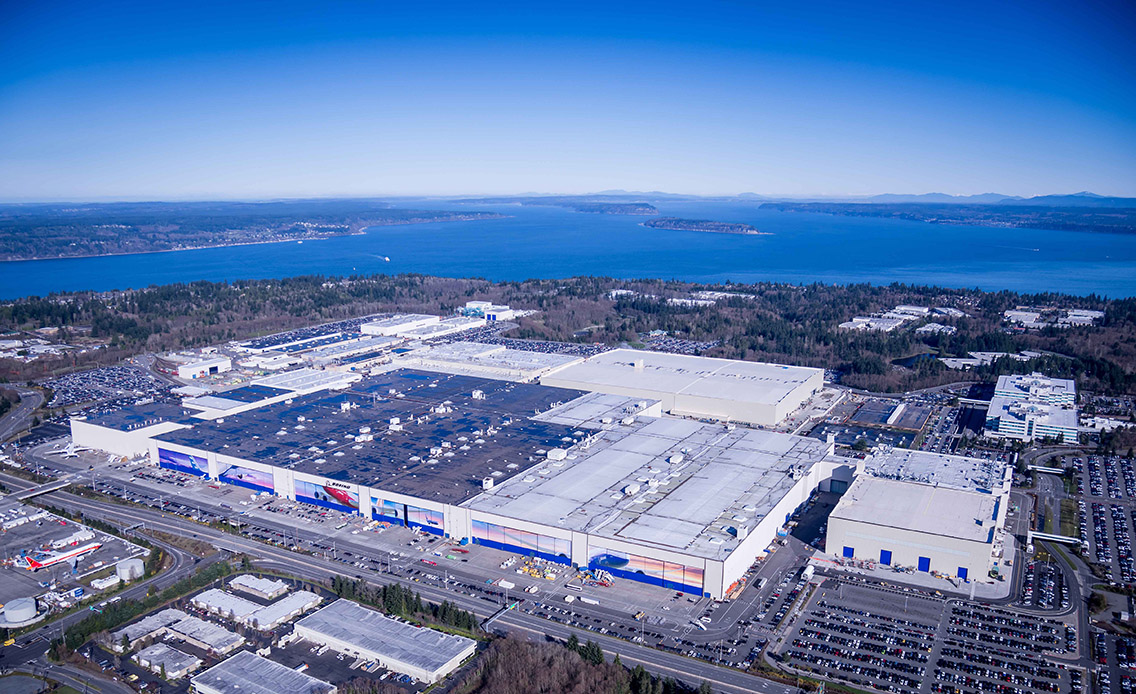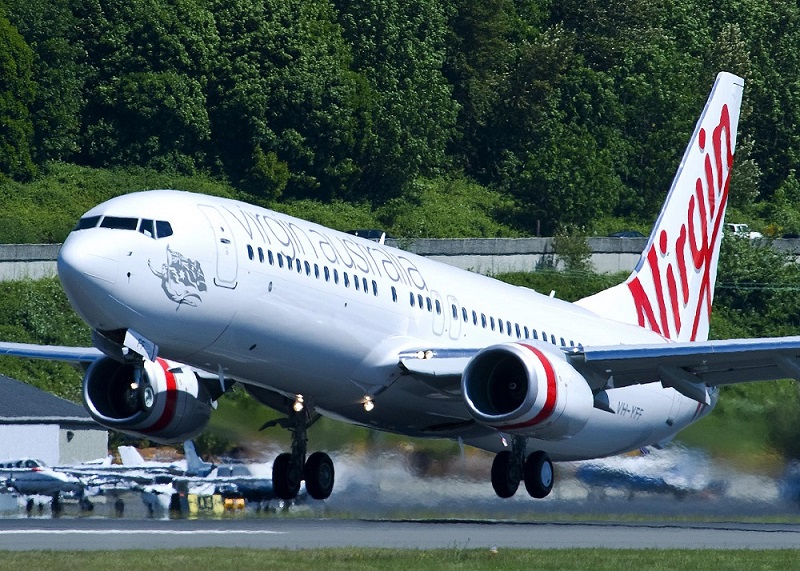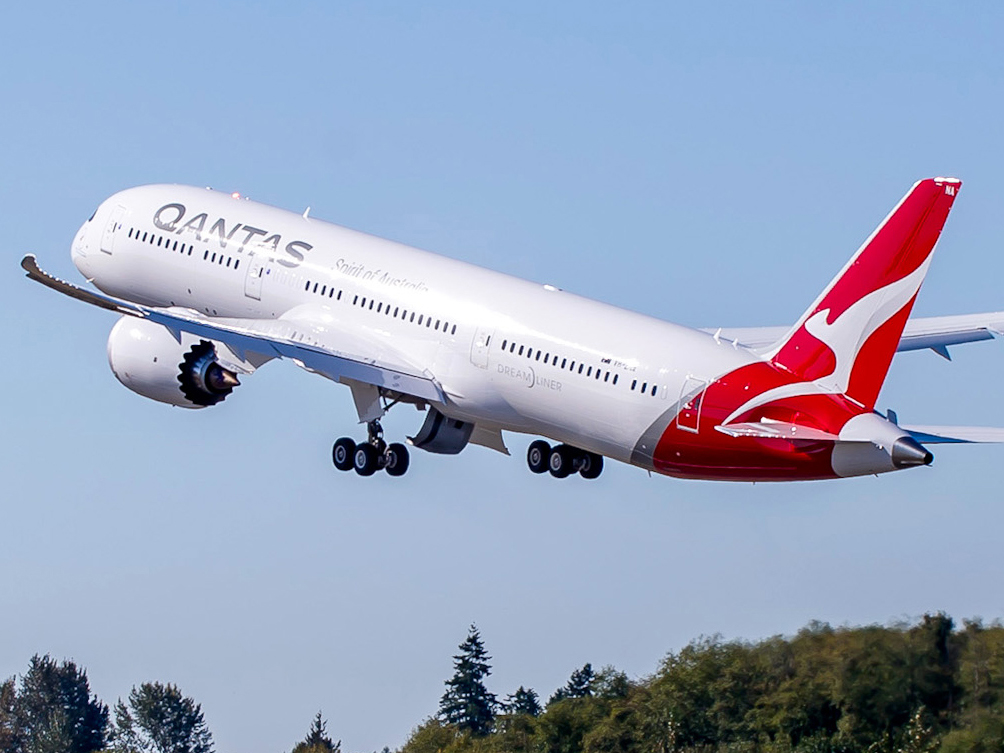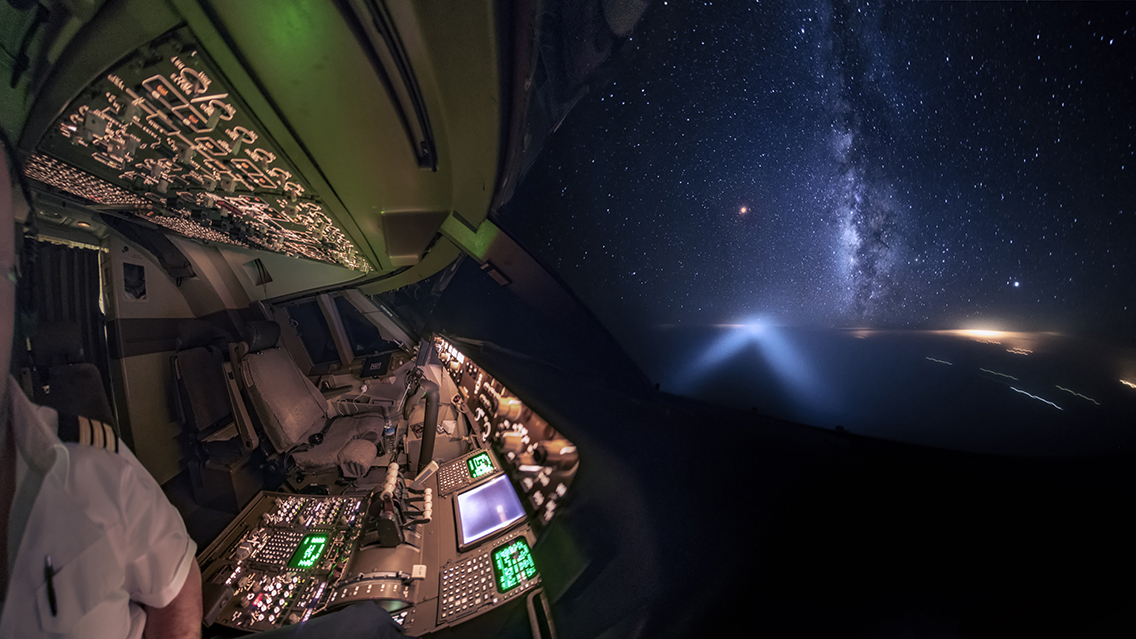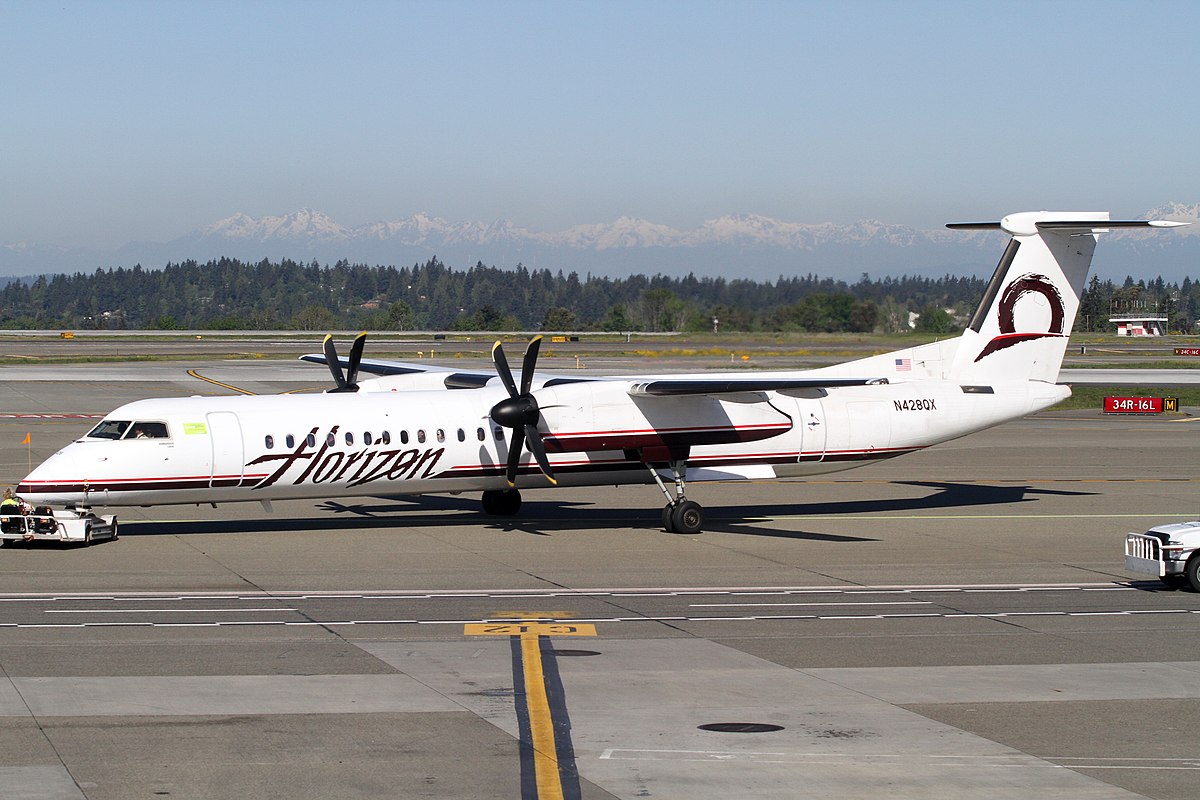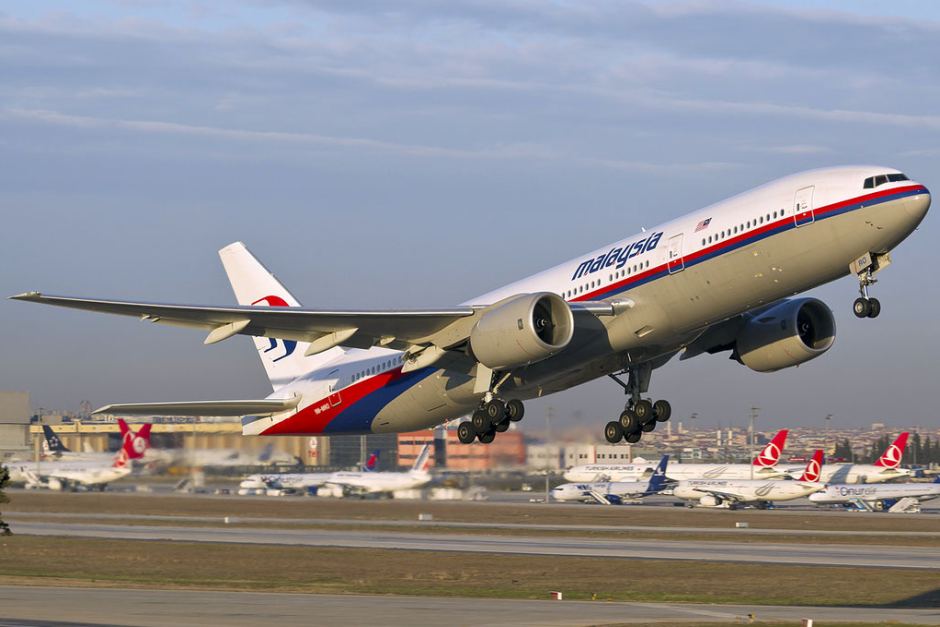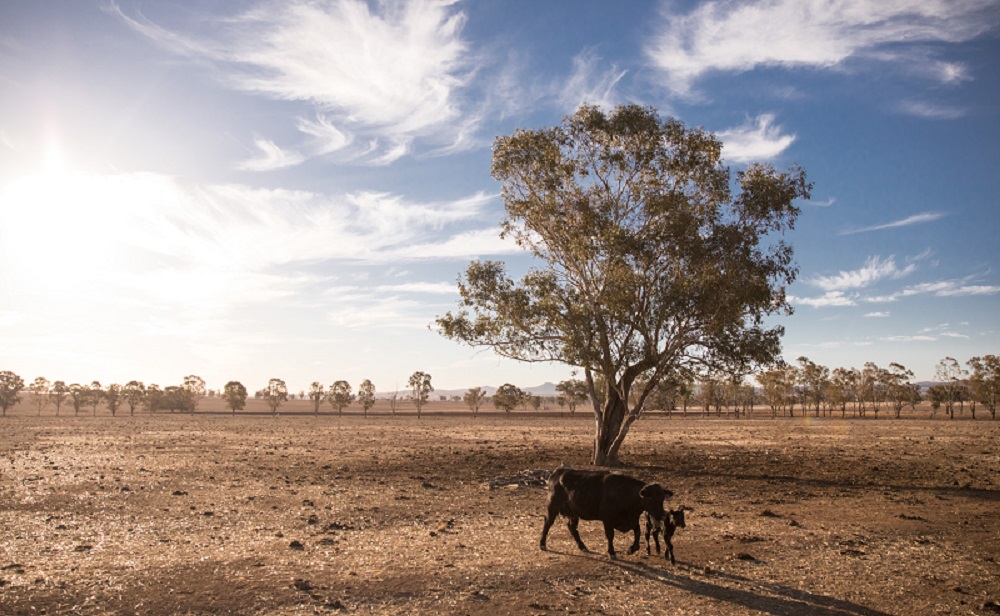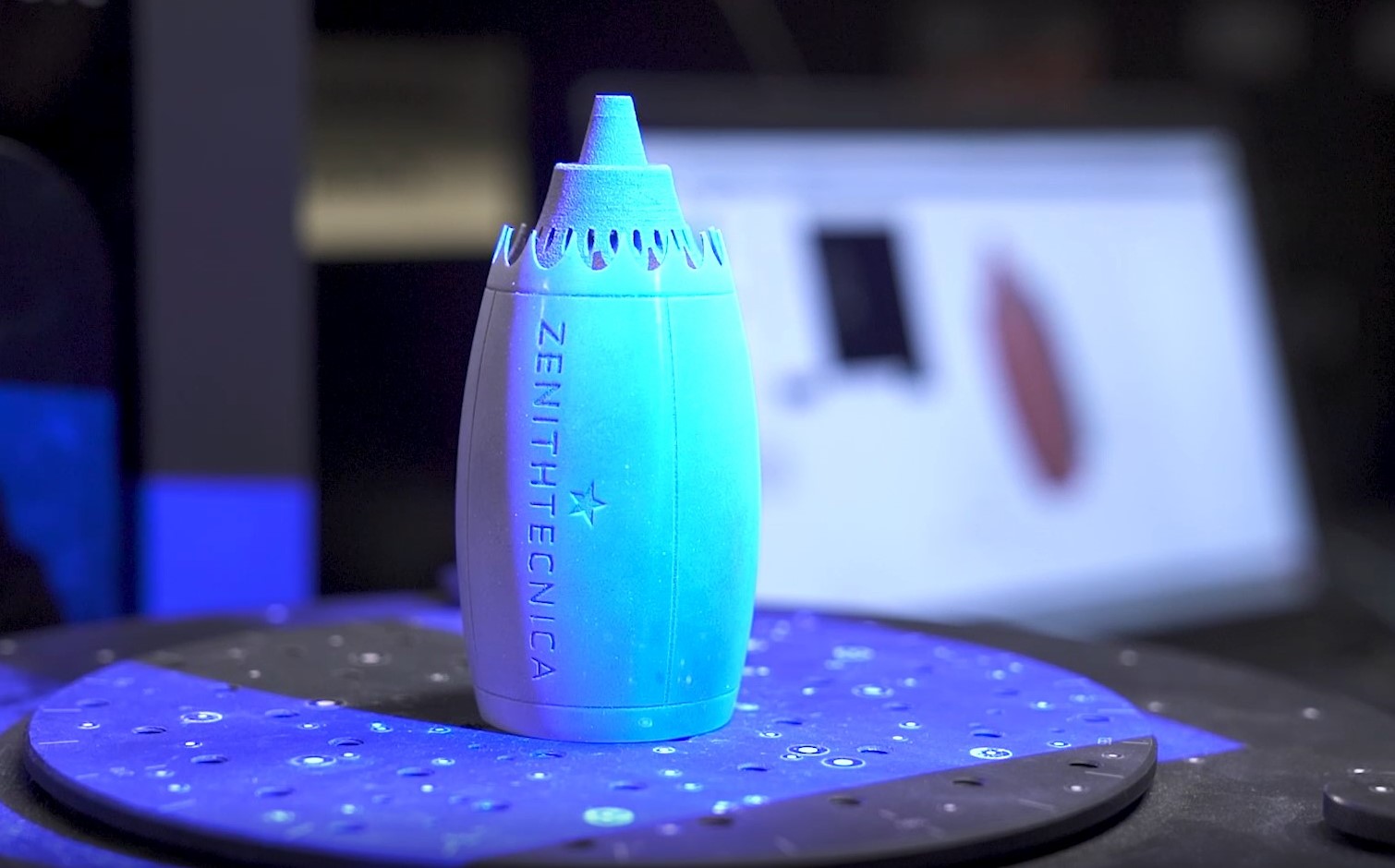Singapore Airlines and Canyon Ranch, one of the world’s premier integrative wellness brand, have signed a partnership to enhance ultra-long-haul travel with a focus on wellness cuisines, rest and relaxation, and well-being on the world’s longest flights.
The Canyon Ranch team of experts from integrative medicine, exercise, nutrition and other disciplines including the 17th U.S. Surgeon General – has developed science-based strategies for improved sleep, exercise and stretching, as well as new, nutrition-focused menus, applied specifically to Singapore Airline’s new 18 hour 45 minutes non-stop service launching on October 11 between Singapore and New York (Newark), the world’s longest commercial flight.
The program will also extend to Singapore-US non-stop services to Los Angeles and San Francisco.
READ: Indonesia AirAsia passes major safety audit
Singapore Airlines Acting Senior VP Customer Experience, Mr Yeoh Phee Teik said “SIA is firmly committed to continually elevating our customers’ experience to be the number one in the industry. Our new partnership with Canyon Ranch builds on that commitment, as well as our strong legacy of service, tapping into their deep expertise and science-based recommendations and strategies to deliver an even more comfortable journey for our customers.”
The partnership will focus on the following components:
Wellness Cuisines – developed by Canyon Ranch chefs and nutritionists focused on nutrition and hydration (taking into consideration longer flight duration with less body movement), combined with bold flavors and textures. These wellness cuisines are offered in addition to SIA’s own meal selections and creations by its International Culinary Panel chefs.
Rest and Relaxation – which includes sleep strategies designed to help customers in all cabin classes improve the duration and quality of rest, as well as specific light settings in providing better cabin ambiance for rest and relaxation.
Guided Stretching Exercises – led by Canyon Ranch exercise physiologists, accessible via personal seatback entertainment systems to promote relaxation.
CEO of Canyon Ranch, Ms. Susan E. Docherty said “as a trailblazer in integrative wellness for four decades, collaborating with the world’s most awarded airline that has ushered customers globally for more than 70 years, our affiliation is a testimony to heritage brands that continue to innovate. We are fortunate to provide transformative wellness to guests on land, at sea and now – in the air, with a partner that is equally committed to their guests’ experience as we are.”
SIA will be the first airline in the world to operate the A350-900ULR, with seven on firm order with Airbus. The ultra-long-range aircraft will be configured in a two-class layout, with 67 Business Class seats and 94 Premium Economy Class seats.
Non-stop flights to Los Angeles are due to begin on November 2. Together with increased Singapore-San Francisco non-stop services, SIA will link Singapore and the US with 27 weekly non-stop flights by the end of 2018, while total US frequency will increase to 53 flights per week.















